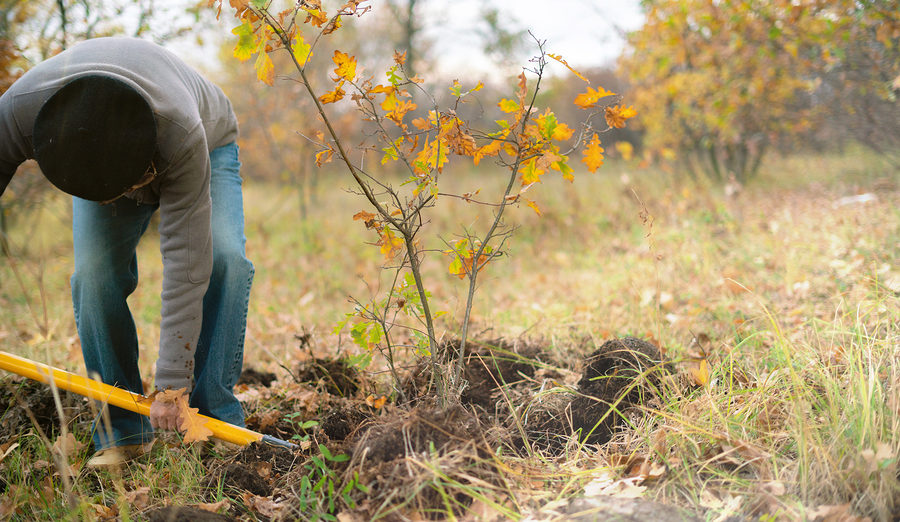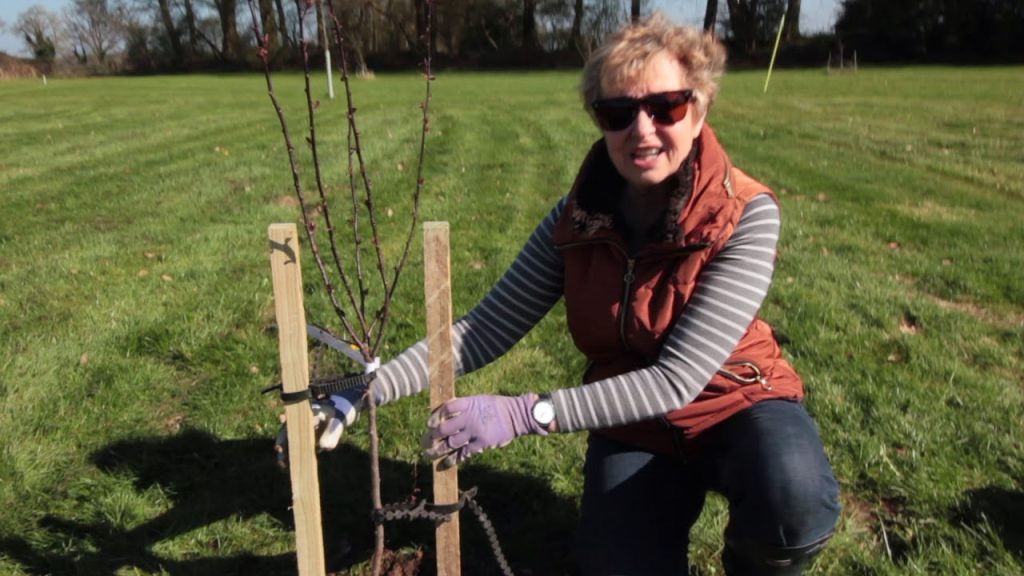Sometimes, in the ever-evolving landscape of our homes and gardens, the need arises to bid farewell to a small tree. here are moments when their removal becomes a necessity. Whether it’s to make room for new growth, address safety concerns, or simply to reimagine the landscape, the art of small tree removal is a delicate and purposeful undertaking. When it comes to cutting small trees, various methods can be employed depending on the size of the tree and your specific goals. Here are some different methods you can use how to remove small trees.
How to remove small trees?
- Examine the tree’s size, lean, and the direction in which you want it to fall. Ensure there are no obstacles or structures in the path of the fall.
Safety First
- Put on the appropriate safety gear, including a hard hat, safety glasses, ear protection, and sturdy work boots.
Plan the Felling Direction
- Determine the felling direction, which should be opposite to the tree’s natural lean if possible.
- Identify an escape path at a 45-degree angle away from the intended fall direction.
Make a Notch Cut
- Stand on the side of the tree facing the intended fall direction.
- Make a horizontal cut (notch) about one-third of the way through the tree, creating a notch with an angle of about 70 degrees.
- Make a second cut slightly above and to the side of the first cut to create a wedge-shaped notch.
Make the Felling Cut
- On the opposite side of the tree, a few inches higher than the bottom of the notch, make a horizontal felling cut.
Move to the Escape Path
- As soon as you’ve made the felling cut and the tree starts to fall, quickly move to your pre-determined escape path.
Check for Stability
- After the tree has fallen, check its stability and ensure it’s completely down before approaching it.
Limbing and Bucking
- Once the tree is on the ground, remove branches (limbing) and cut the trunk into manageable sections (bucking).
Clean Up
- Clear the area of debris and dispose of it properly according to local regulations.
Hand Pruners or Pruning Shears:
- Suitable for: Small branches and young saplings.
- Method: Use hand pruners or pruning shears to cut branches with a diameter of up to 1 inch. Make clean, angled cuts just above a bud or lateral branch.
Hand Saw:
- Suitable for: Branches with a diameter of up to 4 inches.
- Method: Hand saws are effective for larger branches. Make an initial undercut on the branch, about 12-18 inches from the trunk. Then, make a final cut slightly farther out from the tree, which will prevent the bark from tearing.
Loppers:
- Suitable for: Medium-sized branches with a diameter of up to 2 inches.
- Method: Loppers have long handles and are suitable for cutting thicker branches with more leverage. Follow the same technique as hand pruners, making clean cuts just above a bud or lateral branch.
Chainsaw:
- Suitable for: Larger branches and small trees.
- Method: Chainsaws are versatile and can cut through larger branches and small trees quickly. However, they require skill and safety precautions. Ensure you know how to operate a chainsaw safely or consider hiring a professional.
Related Posts:
Tree Pruning Pole Saw:
- Suitable for: High branches and small tree limbs.
- Method: Tree pruning pole saws have an extendable pole that allows you to reach high branches without a ladder. They typically have a saw blade attached to the end for cutting.
Tree Pruning Chainsaw on a Pole:
- Suitable for: High branches and small tree limbs.
- Method: This is similar to a regular chainsaw but mounted on an extendable pole. It’s useful for cutting high branches without a ladder.
Climbing and Limbing:
- Suitable for: Small trees that require complete removal.
- Method: For small trees, you can climb and limb the tree by making controlled cuts while using safety gear such as a harness and ropes. This method is more complex and should be done by experienced individuals.
Chemical Treatment:
- Suitable for: Preventing regrowth from tree stumps.
- Method: After cutting a small tree, you can apply a chemical stump killer to prevent regrowth. Follow the manufacturer’s instructions for safe use.
Conclusion
Removing small trees involves cutting them down at the base, removing branches and roots, and disposing of them properly.



